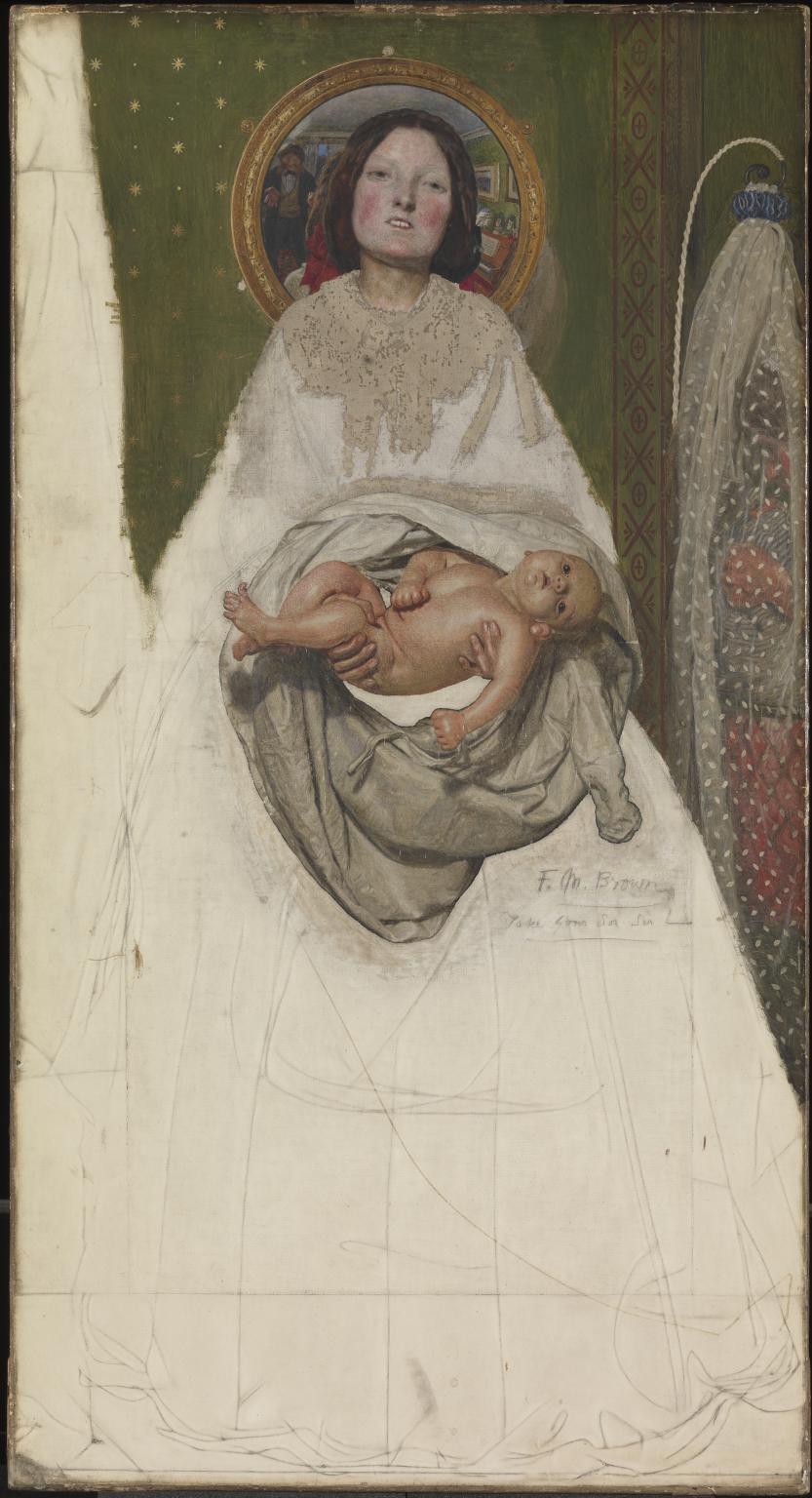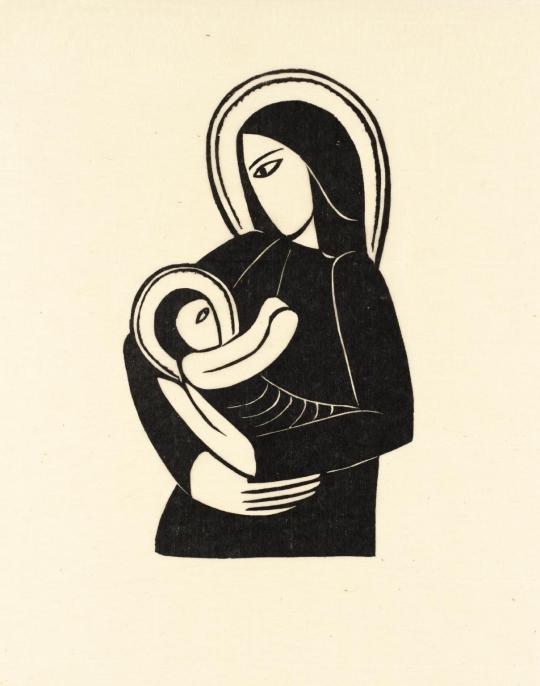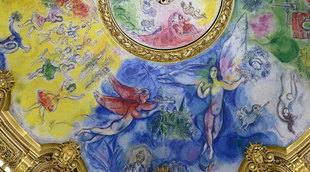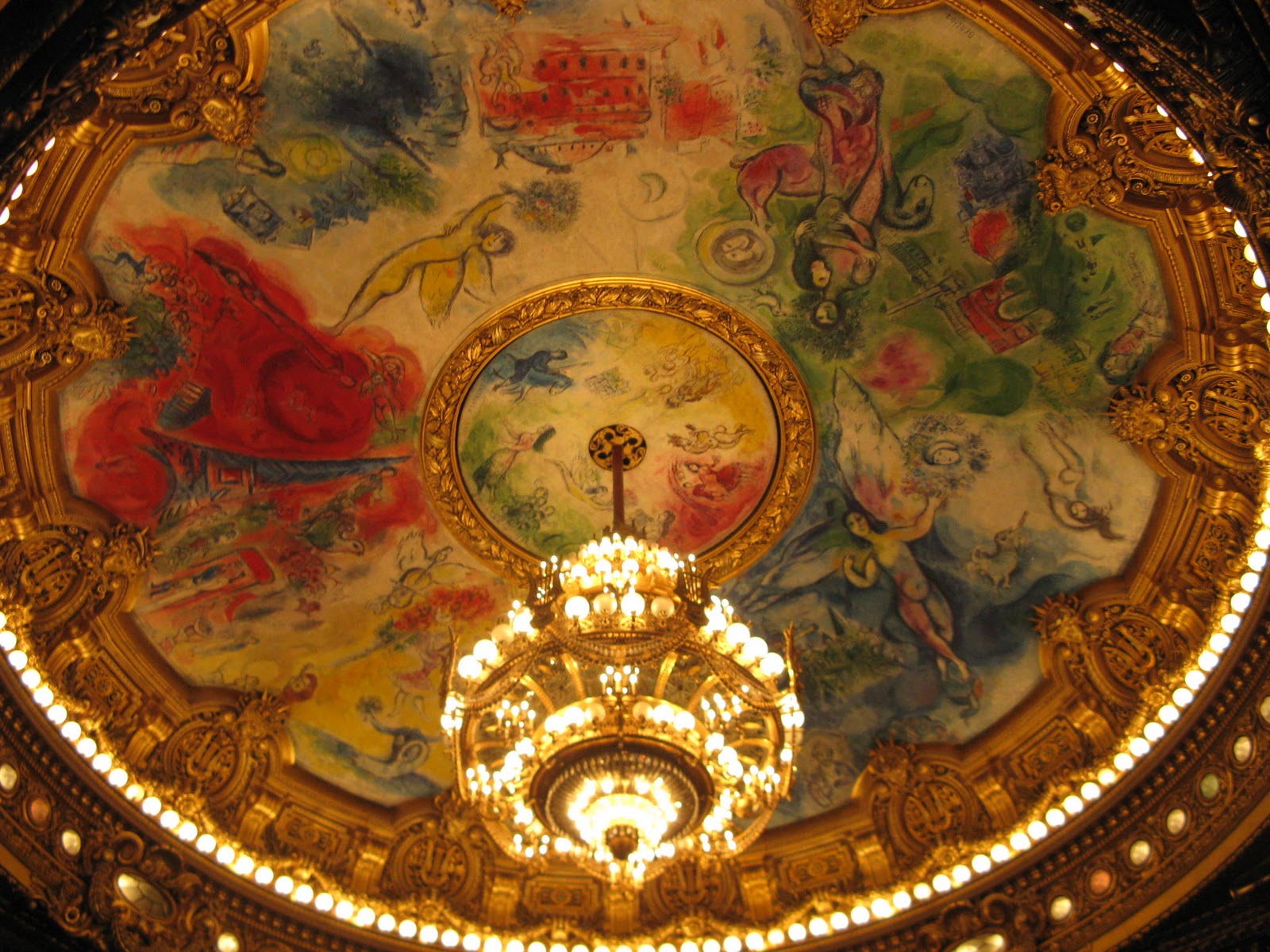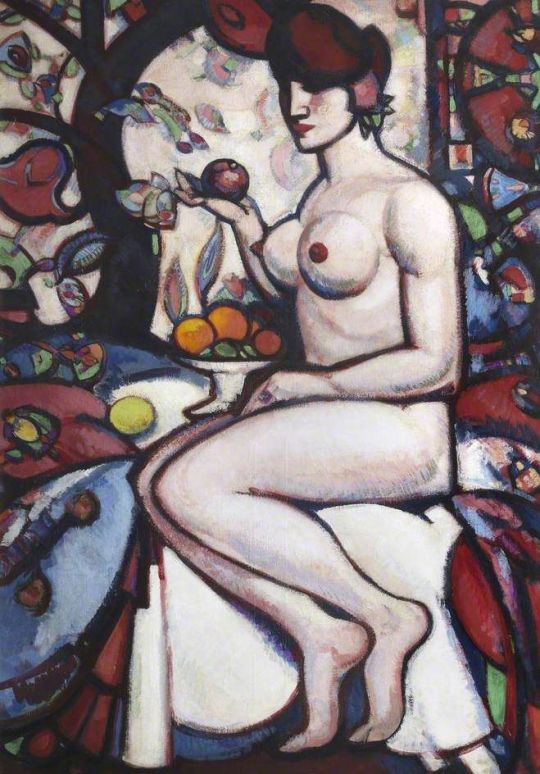The figure is sometimes represented as a shadow or silhouette for its formal qualities and symbolic associations. The silhouette provides a simplified, flat form which can be invested with expression by removing unnecessary detail, and creates a sense of mystery by restricting what is revealed.
During the nineteenth century the cutting of silhouettes for portraits was a common simple method for capturing a likeness in profile. It was believed to be too limited a technique for full figure illustrations until Arthur Rackham proved otherwise. He developed black and white silhouette illustrations for Cinderella in 1919 and Sleeping beauty in 1920. The new technique made the books financially successful because they were cheaper than their colour-plate equivalents. Rackham’s clever use of negative space enabled a high degree of expression in his figures that told a story on a two-dimensional plane. The silhouette format and its elegant contours combine haunting humour with dream-like romance, a visual manifestation of the fairy tale genre. Intrigue draws the viewer in as the silhouettes leave much to the imagination.
Arthur Rackham, Illustration for Sleeping Beauty, 1920.
In a drawing Andy Warhol depicts both the three dimensional figure and the outline of its shadow. ‘The Shadow’ was one of several popular, American fictional characters that Warhol drew inspiration from for a series of prints called ‘Myths’ in 1981. This self-portrait drawing is based on a photograph of Warhol embodying the character, using strong lighting to cast a shadow of his profile on the wall behind him. He translated the photographic image into a simple, stylised line drawing. Once again the shadow creates mystery, as if symbolic of a hidden facet of his personality. By stripping the image down to line as opposed to a filled-in silhouette, Warhol plays with the confusion of positive and negative form, returning to the quintessential problem of art: perception.
Andy Warhol, The Shadow, 1981.
Anthony Gormley takes the mystery of the silhouette and turns it into an interactive experience in which the viewer also becomes the subject. ‘Blind Light’ is a brightly lit, glass walled room filled with mist. As figures enter the space they dissolve into the atmosphere. From the outside, anonymous shadowy figures are seen to emerge out of nowhere, coming into resolution only when they touch the walls. In this way, the walls act as the picture plane, with the figure becoming abstracted to the limits of readability as it moves away. This is the exaggerated effect of atmospheric perspective in action. It is another work which plays with perception, removing the viewer’s sense of location and knowledge of their surroundings as they themselves are reduced to a silhouette.
Anthony Gormley, Blind Light, 2007.




